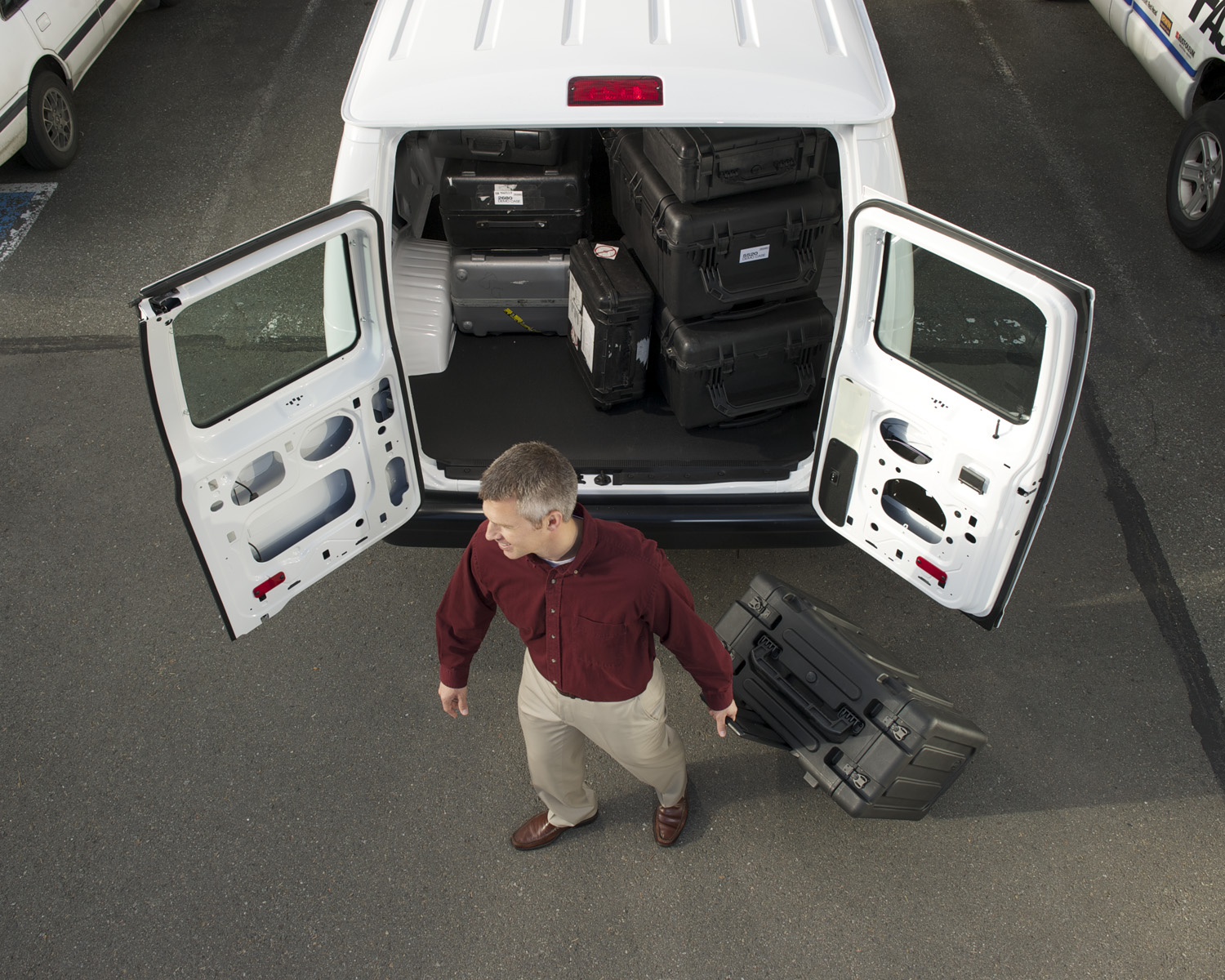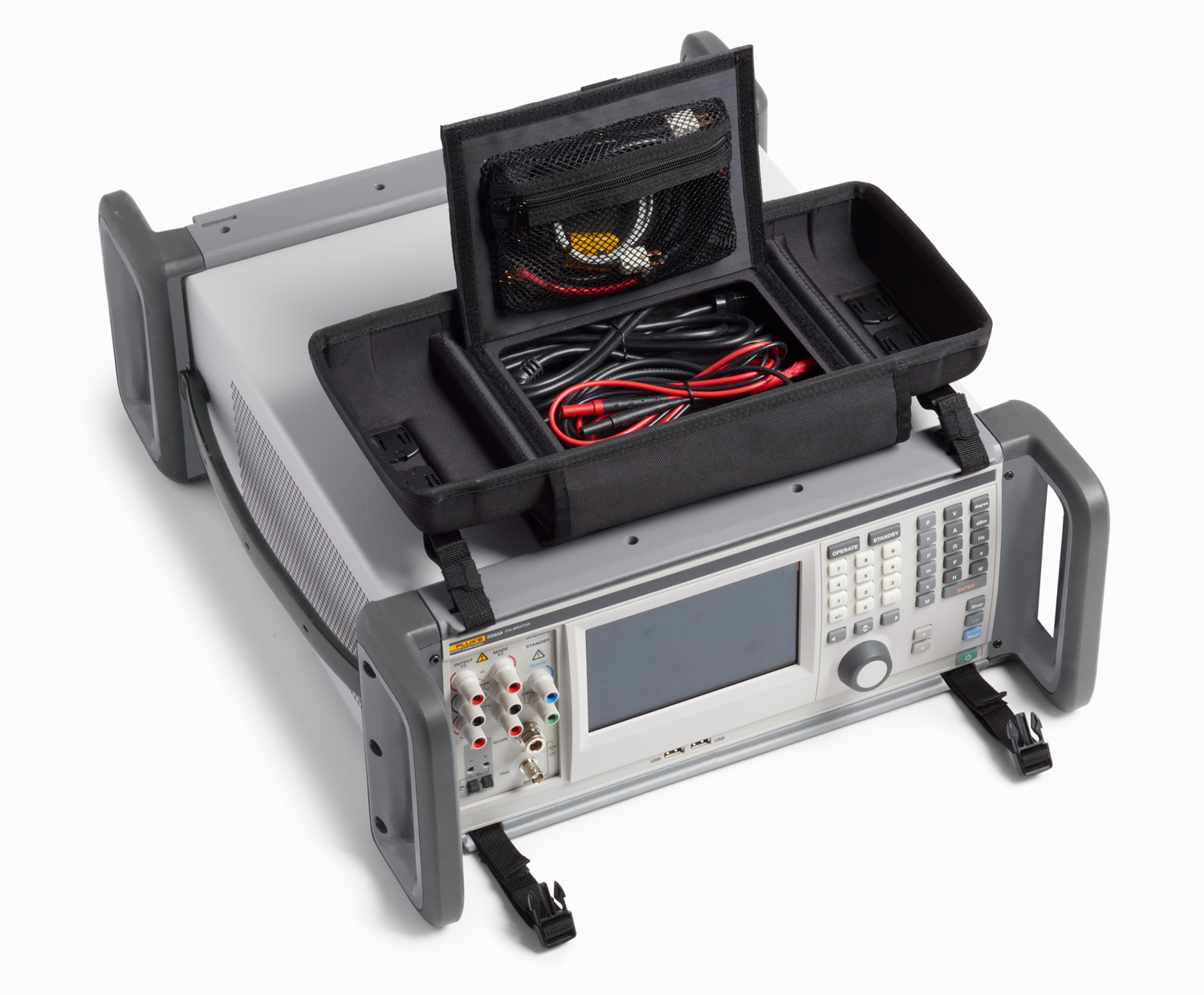- Other Fluke companies:
- Fluke
- Fluke Biomedical
- Fluke Networks
- Fluke Process Instruments
How to add a mobile calibration lab to your business
We all know properly calibrated equipment and regular calibrations keep many industries up and running. Precise and accurate measurements are crucial to the success of any manufacturing and production processes. However, not every piece of equipment can be sent into a calibration lab regularly. That’s where building a mobile calibration lab, a lab on wheels, can help you get more customers and keep more assets calibrated.

How to build a mobile calibration lab
Expanding your calibration offerings to include a mobile cal lab requires a bit of careful planning, preparation, and execution to ensure that the lab is ready to go anywhere while still meeting the required industry standards. To get started with a mobile calibration lab, you’ll want to take these steps:
- Define your scope of on-site calibration services
- Choose the right equipment
- Ensure compliance
- Choose the right vehicle
- Implement proper safety measures
- Make transportation plans
- Hire qualified personnel
- Be as prepared as possible
Start by defining your scope of on-site calibration services. What kind of calibrations and certifications will you and won’t you be providing. This will help you to determine the next step in the process, choosing the types of equipment and standards that you need to purchase, as well as the qualifications and certifications technicians need to hold.
Select and purchase the right equipment: Now that you have defined your scope of services, you need to stock your mobile calibration lab. You will need to purchase or acquire all the necessary equipment and tools, including calibrators, calibration standards, and measurement instruments.
Think through how much your technicians will need to carry along with them, or transport when they arrive on-site. Including a 55X0A Multi-Product Calibrator that can handle a wide variety of workloads and ranges makes it easier to take on more types of work without adding more individual pieces of equipment. There’s enough to worry about when building and loading up a mobile calibration lab; the last thing you want to have to think about is the calibrator itself.
The equipment you need should include software. You’ll want an asset management software application like MET/TEAM® Test Equipment Asset Management Software to control the data you’re gathering during each of your on-site calibration services. Asset management software can also help you keep any approved procedures organized and allow for easier access.

Ensure compliance. You will need to develop a quality management system that is inclusive of mobile calibration, meets your customers' calibration requirements, and complies with relevant standards, such as ISO/IEC 17025, ANSI/NCSL Z540-1, and NIST requirements. It is important to ensure that your lab is accredited and that your technicians are properly trained and certified.
Choose the right vehicle for what you’re transporting. The vehicle you choose should be large enough to accommodate your technicians, equipment, and supplies, as well as be reliable and easy to maintain. Consider the size of the equipment you will be carrying, how it will need to be organized, and the number of technicians who will be working in the vehicle as well. Often a larger van is the best option as it allows space for everyone and everything.
Plan for the proper safety measures. It’s important to implement appropriate measures to ensure the safety of your technicians, customers, and equipment. This may include proper training for your technicians, regular equipment inspections, and fire extinguishers and first aid kits in the vehicle.
This expands to customer safety requirements. When heading to their site, you need to make sure you’re complying with their rules and regulations. Plan to order PPE and safety equipment for these on-sites.
Transport equipment carefully. There is more information on the best practices behind transporting equipment in a mobile calibration lab below, but it’s an important piece to keep in mind from the beginning. You want to make sure calibrators, standards, and test equipment are not damaged during transit. Look into portability kits, shock-absorbing padding, securing equipment to prevent movement, and avoiding extreme temperatures or weather conditions.
In order to make sure your mobile calibration lab can conduct on-site calibrations; you will need to hire qualified personnel. Ensure the individuals have the skills and experience to perform the calibrations and maintain the quality management system.
Be as prepared as possible. You’ll want to think through the entire process when you’re called out on a calibration job. That means planning for longer travel, hotel stays, a per diem, and any vehicles if the customer’s location is outside of driving range from you.
And just in case something you didn’t prepare for happens while you’re on-site, protect the equipment you’re carrying around with a CarePlan.
Recommended Products
Related Resources
- Home
- Products
- New Products
- Electrical Calibration
- RF Calibration
- Data Acquisition and Test Equipment
- Temperature Calibration
- Humidity Calibration
- Pressure Calibration
- Flow Calibration
- Process Calibration Tools
- Calibration Software
- Service and Support
- All Calibration Instruments
- Handheld Test Tools
- Purchase Info
- News
- Training and Events
- Literature and Education
- Service and Support
- About Us


